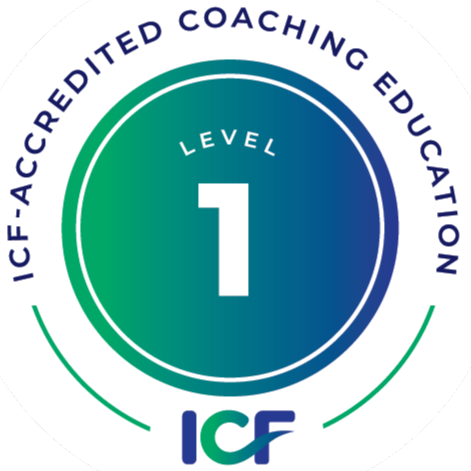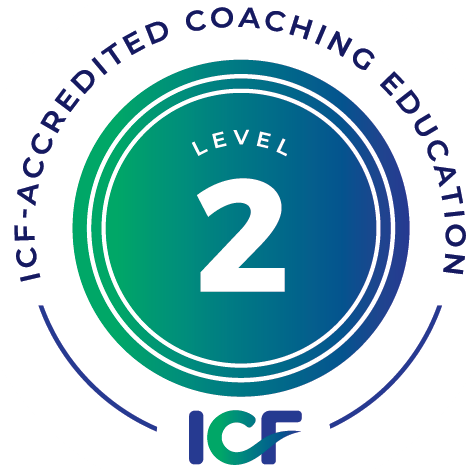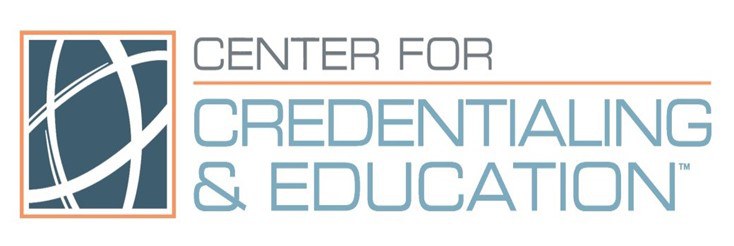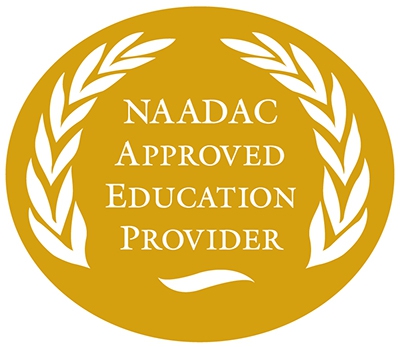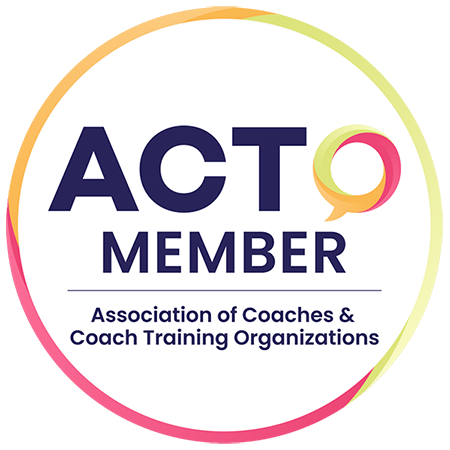
By: Elizabeth Saigal, Ph.D. CLC
This is the second post in a series reflecting on how to take your coaching to the next level. My previous post looked at how “working too hard” can reduce coaching effectiveness. This entry examines how to moderate engaging your own ideas and attitudes when coaching and maintain the client’s agenda.
Risk factors for engaging your own ideas and attitudes include:
-
Crossing over from empathy to sympathy: Be aware of falling into ‘fix the client’ mode. This shifts you into a place of judgment and prevents you from being fully present. Signs that you might have shifted from regard to sympathy include doubting the ability or brilliance of client and incorporating ‘shoulds’ for help and rescue. This leads to interjecting your own agenda, giving advice or opinion, and doing the work. Counteract this by adopting learners mind to get to a place of expansion rather than contraction.
If the client requests that you listen while they vent. Keep objective. Emotions are part of human experience and everyone should be able to sit with and express them. Ask questions that allow release. Such as “If you wanted to express your …, what would you say?”. It may be useful to envisage the space around you and your client as separate, but joined, such as two bordering bubbles, or some other kind of protective layer like a suit or invisible curtain. The emotions expressed can provide a window into what the client is passionate about. Be a calm, centered presence and affirm that we are only human! Often with emotional release there is an energy shift that can leave client tired, but free. At this point, you may ask “What do you need for you right now?”
-
Assumptions about client meaning: Becoming directive also sometimes occurs if the coach incorrectly interprets clients meaning. Check out any ambiguity that occurs and ask what particular words and phrases mean to the client to get a deeper connection. Nuance is important and influenced by all of the client’s previous experience. This experience is different from yours, so the frameworks used will be too.
- Hot spots: For topics that are personally relevant to the coach or that lead to you feeling a certain way on behalf of the client, there is a risk of getting hooked. Clues that you have shifted away from being sensitive to their agenda include putting your personal experience into conversation, analyzing or being in judgment, or becoming attachment to their personal outcomes. Resist telling your own story and focus on the meaning that their story holds. Be aware of your own sensitive areas that you pray are not bought up by the client. If you have a strong emotional response, make a note of it so that you can check it out after the conversation is over and consider the ways it might impact who and how you coach. You won’t be such a powerful advocate if your belief in the client is compromised by this. You can counteract this by embracing the humanity of their experience and through use of observer viewpoint. Be willing to admit that you also get stuck and ask what they would say to a good friend living through in the same circumstances. Explore the hidden gifts for growth to allow for release and reinterpretation. Because of the co-creative nature of coaching, this will very likely be healing for both parties.
The coaching conversation is an exchange with the client at the center. One aspect of providing coaching leadership is maintaining this space. This means regulating the extent to which you place ourselves in the space you provide. With awareness, you can check ourselves from limiting discovery though over-sympathizing with the client, over-anticipating client meaning, or over-reacting to client focus. The next post examines how coaching leadership relates to wanting to be liked.

Elizabeth Saigal is an ILCT Certified Life Coach. She offers Life Design Coaching for those intent on connecting with their inner truth and aligning with their intuition to live a life on purpose. You can connect with her and sign up to receive her Free Ten Step Life Design System at www.myspirecoaching.com
